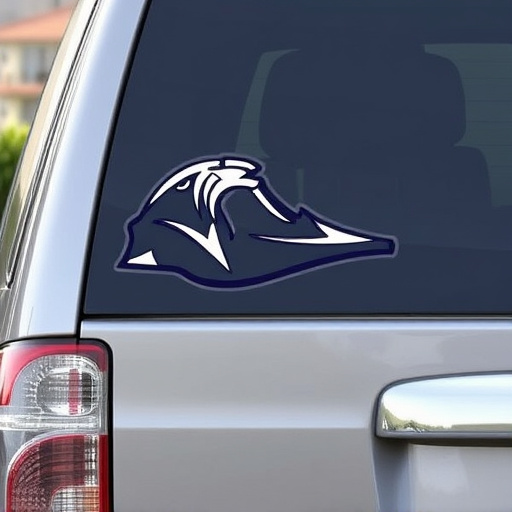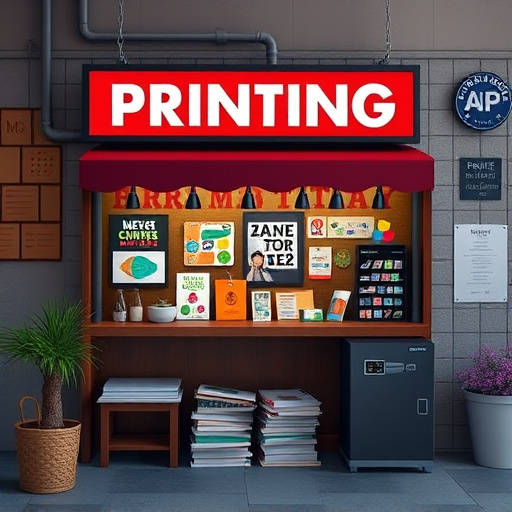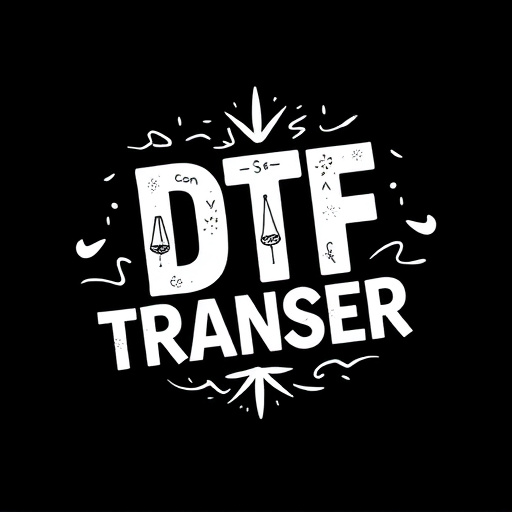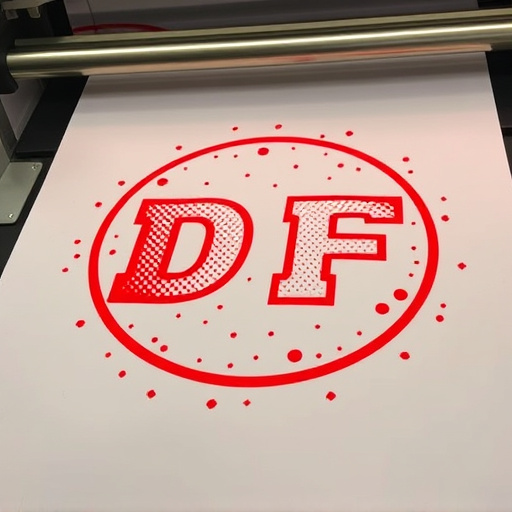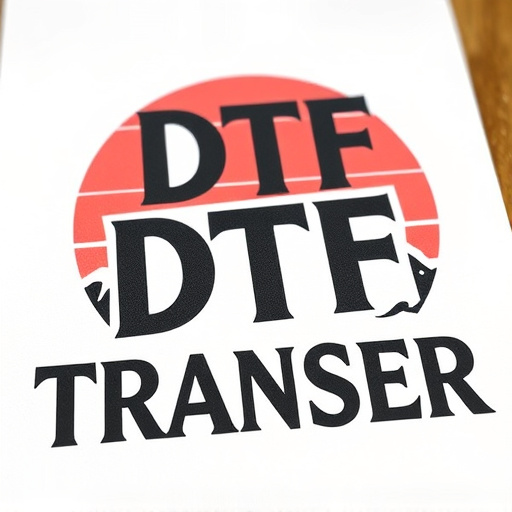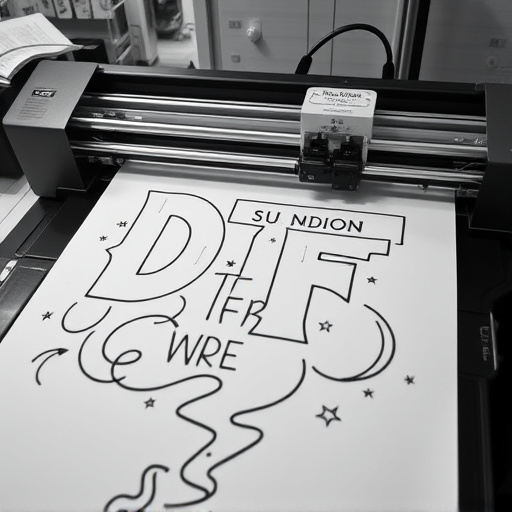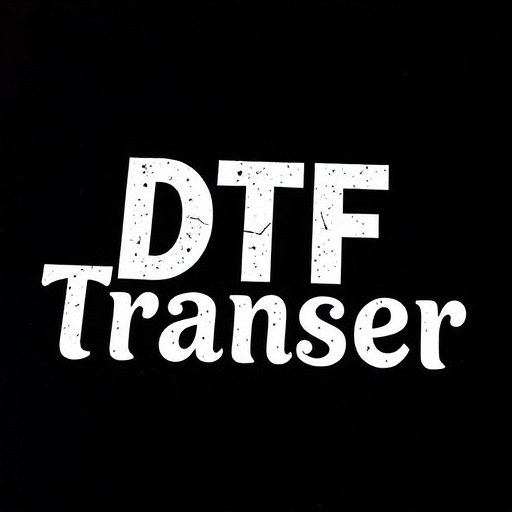Direct-to-Film (DTF) transfers are revolutionizing printing with their advanced, precise method of applying ink directly to film. This technology offers vibrant colors, fine details, and exceptional clarity, making it popular across various sectors like films, advertising, art restoration, and outdoor applications. DTF prints are durable, resistant to fading, scratching, and environmental factors, ideal for signage, vehicle graphics, and promotional items. Choosing the right materials, using high-quality inks, and proper surface preparation enhances DTF transfer durability and detail. Its advantages in print quality, weather resistance, and product branding make DTF a prominent choice in many industries.
Discover the future of printing with premium direct-to-film (DTF) transfers – a revolutionary process offering unparalleled durability and detail. This cutting-edge technology is transforming industries by delivering superior prints on a variety of surfaces. From enhancing outdoor signage to revitalizing indoor displays, DTF offers unmatched clarity and longevity. Explore the benefits, learn about choosing the right materials, understanding common challenges, and discover real-world applications where DTF transfers excel.
- Understanding Direct-to-Film (DTF) Transfers: A Revolutionary Printing Process
- The Benefits of Premium DTF Transfers for Superior Durability
- Unlocking the Detail and Clarity in DTF Prints
- Choosing the Right Materials for Longevity
- Common Challenges in DTF Printing and How to Overcome Them
- Real-World Applications: Where DTF Transfers Excel
Understanding Direct-to-Film (DTF) Transfers: A Revolutionary Printing Process
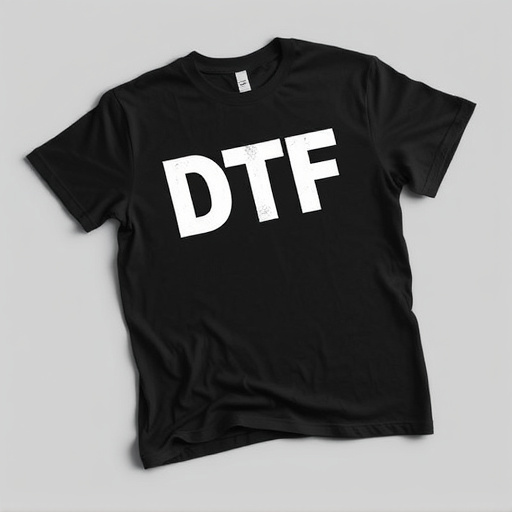
Direct-to-Film (DTF) Transfers are a cutting-edge printing process that revolutionizes how we reproduce images and visuals. Unlike traditional printing methods, DTF involves transferring ink directly onto a film surface, enabling a more precise and durable end product. This innovative technique has gained traction in various industries, particularly in the realm of high-quality printing for films, advertising, and even art restoration.
The DTF Printing process starts with a high-resolution digital image that is meticulously prepared for optimal results. The image is then separated into distinct color layers, each corresponding to specific ink colors used in the print. This separation ensures precise control over the final output, allowing for vibrant colors, fine details, and exceptional clarity. Once the layers are ready, specialized printers use advanced technology to apply the inks directly onto the film medium, creating DTF Prints that boast superior durability and a remarkable level of detail.
The Benefits of Premium DTF Transfers for Superior Durability

Premium direct-to-film (DTF) transfers offer a host of benefits when it comes to durability and detail. The advanced printing technology ensures that every aspect of the design, from fine lines to vibrant colours, is accurately replicated on the final product. This precision not only boosts visual appeal but also enhances structural integrity, making DTF prints exceptionally durable against wear and tear.
Compared to traditional printing methods, DTF transfers provide a more robust finish that can withstand environmental factors like moisture, heat, and UV exposure. The high-quality materials used in the process guarantee longevity, ensuring your designs maintain their crispness and clarity over extended periods. This makes DTF prints ideal for applications demanding superior resilience, such as outdoor signage, vehicle graphics, and durable promotional items.
Unlocking the Detail and Clarity in DTF Prints

Unlocking the Detail and Clarity in DTF Prints
Direct-to-film (DTF) transfers have revolutionized printing by offering an unparalleled level of detail and clarity in prints. This cutting-edge technology ensures that every pixel from the original artwork is precisely transferred onto various media, resulting in sharp, vibrant images that capture fine details with remarkable accuracy. The DTF process involves advanced printing techniques that enable ink to bond directly with the film, creating a high-resolution print ready for further application or display.
The superior durability of DTF prints is another significant advantage. The direct bond between the ink and film creates a robust surface that is resistant to fading, scratching, and other forms of damage. This makes DTF prints ideal for outdoor signage, murals, and other applications that demand longevity in both aesthetics and structural integrity. By leveraging DTF technology, artists, designers, and businesses can now produce high-quality, long-lasting prints with a level of detail and clarity that was previously unattainable through traditional printing methods.
Choosing the Right Materials for Longevity

When it comes to premium direct-to-film (DTF) transfers, material selection is paramount for ensuring longevity and preserving detail. High-quality films and inks are essential to withstand environmental factors like UV rays, moisture, and handling over time. Opting for industry-standard materials from reputable suppliers guarantees a durable finish that can resist fading and yellowing.
For DTF printing, consider polyester-based films known for their toughness and resistance to tears. These materials offer superior adhesion to various surfaces, ensuring prints remain intact during application and subsequent use. Additionally, choosing UV-resistant inks further protects the transfer from harmful sunlight rays, keeping colours vibrant and details sharp for an extended period.
Common Challenges in DTF Printing and How to Overcome Them

Direct-to-film (DTF) printing has gained popularity for its ability to produce high-quality prints directly on various materials. However, despite its advantages, DTF transfer comes with several challenges that can impact durability and detail. One of the primary issues is ink bleeding, especially when printing on delicate substrates like vinyl or fabric. This often results in smudged or distorted images. To overcome this, using high-quality inks specifically designed for DTF Printing and pre-treating materials to create a barrier between the ink and the substrate can significantly improve outcomes.
Another challenge is ensuring consistent adhesion, particularly on curved surfaces or irregular materials. In such cases, proper surface preparation is crucial. This includes cleaning the material to remove oils and dust, priming it for better ink absorption, and sometimes even applying special adhesives tailored for DTF prints. By addressing these common problems with targeted solutions, printers can achieve superior durability and intricate detail in their DTF transfers.
Real-World Applications: Where DTF Transfers Excel
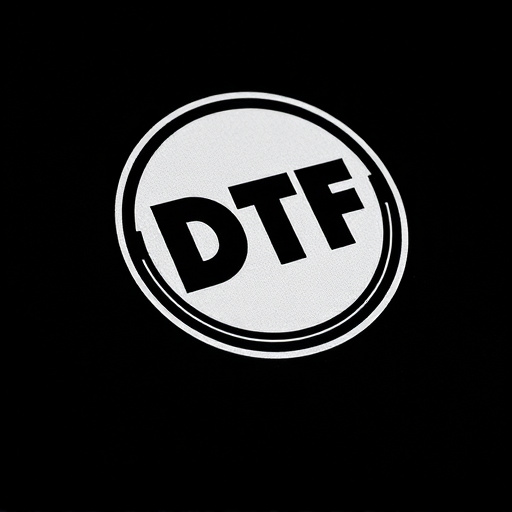
Direct-to-film (DTF) transfers have gained significant traction across various industries due to their exceptional durability and rich detail reproduction. Beyond mere aesthetics, DTF prints offer robust performance in real-world applications. In sectors like outdoor advertising, DTF transfers excel for durable banners and posters, withstanding harsh weather conditions for extended periods without fading or tearing. This makes them ideal for events, temporary installations, and locations exposed to sunlight and varying temperatures.
Moreover, DTF printing is a game-changer in product branding and customization. Manufacturers can apply intricate designs and vibrant colors directly onto items like bottles, containers, and packaging, creating eye-catching promotional materials. These transfers resist smudging, fading, and peeling, ensuring the branded image remains intact even under frequent handling or exposure to moisture. DTF technology also finds application in textiles, enabling high-quality printing on clothing, bags, and other fabric items, enhancing their visual appeal and durability.



